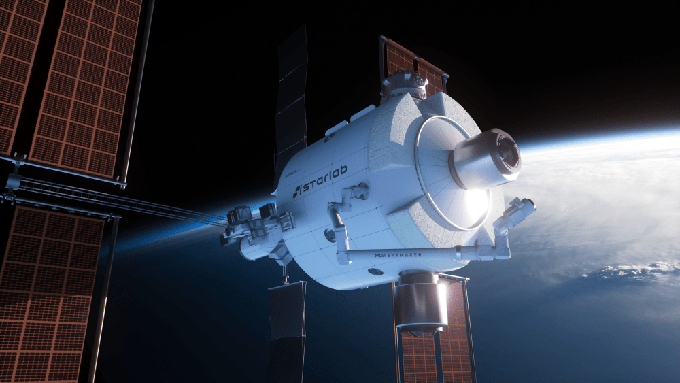Revolutionary measurement system
The WSL Research Institute is taking to the skies with an instrument carried by a drone as a cost-effective alternative to satellite- and ground-based moisture measurements. The water detection device supports, among other things, smart agriculture, forest fire detection or glacier monitoring.

Whether we're talking about drying farmland, melting glaciers, increasingly frequent wildfires, or coastal cities threatened by sea-level rise, an important question is: How can we understand changes in the amount of water available in an area and find mitigation strategies?
First spin-off company of WSL
A team from the Swiss Federal Institute for Forest, Snow and Landscape Research (WSL) has developed a drone-borne device that can cost-effectively provide high-resolution data on farmland, glaciers, forest fires, and coastal infrastructure, all of which have a direct bearing on water. Although satellite-based Earth observation technologies are a great help in monitoring our changing planet, limited conclusions can be drawn from data collected from distances greater than 500 kilometers. Similarly, ground-based single point sensors can only provide a limited amount of data because they are unable to capture spatial information. This is now being addressed by the newly formed company TerraRad Tech AG further developed and distributed.
A drone-borne microwave radiometer.
The specific electromagnetic frequency of the L-band with a wavelength of 21 centimeters is highly sensitive to liquid water. Using radiometers, specialists can detect water deep in soils, snow and ice. The Microwave Remote Sensing Research Group at the Swiss Federal Institute for Forest, Snow and Landscape Research WSL has been developing and improving radiometers since 1995. With their large-scale equipment stationed on the ground WSL engineers initially helped to develop the new SMOS project assess measurement data from NASA and ESA satellites. In 2019, they developed a more compact version of the radiometer that can be used during the MOSAiC expedition in the Arctic Ocean was operated. Finally, the group succeeded in miniaturizing the device to the point where it was light and small enough to be carried by a drone.
Possible applications
Potential applications for the sensor include optimizing irrigation and agricultural yield forecasts, monitoring glacier hydrology, mapping and risk assessment of wildfires, and identifying leaks in dikes and dams.
Press release WSL









